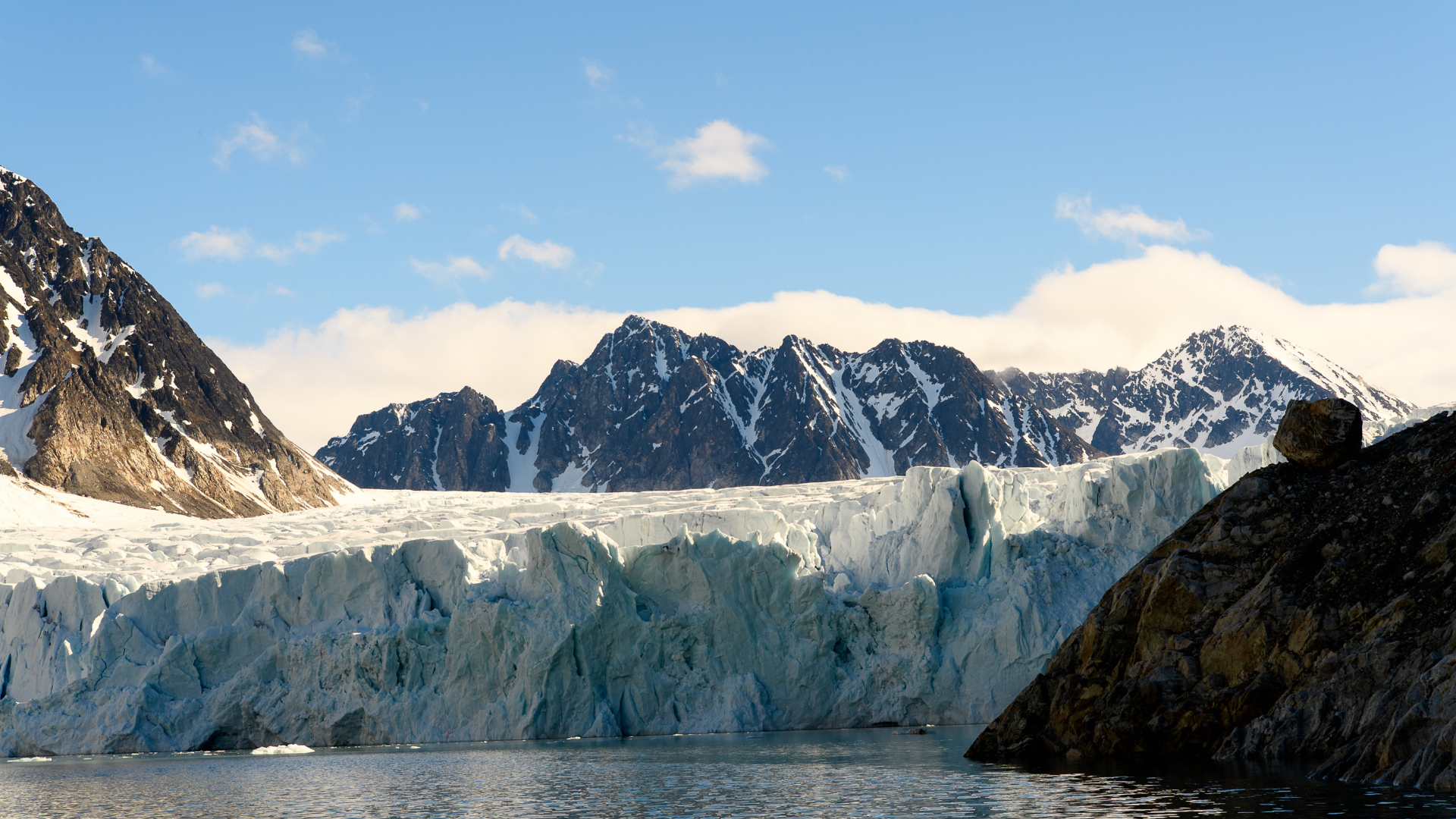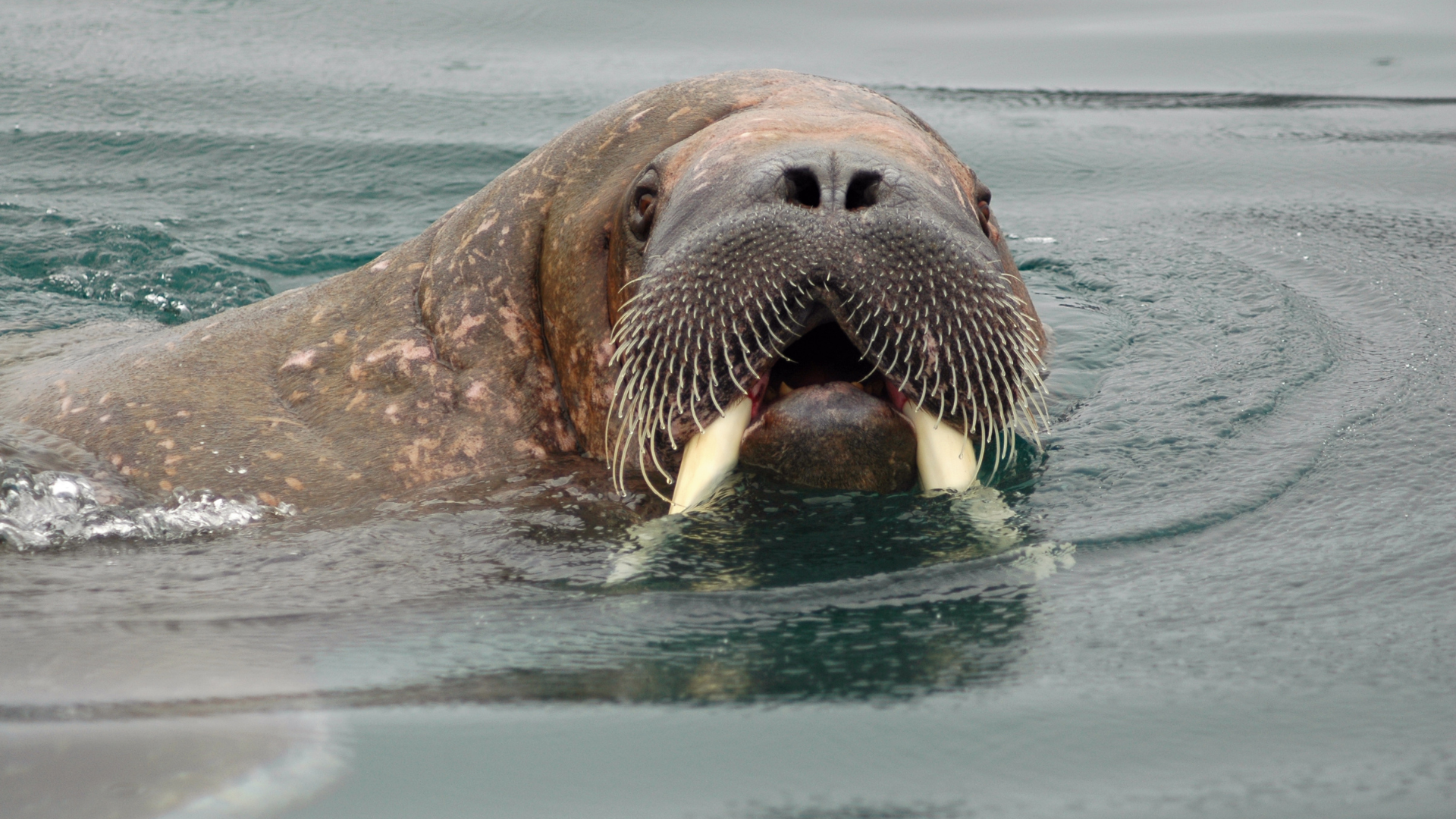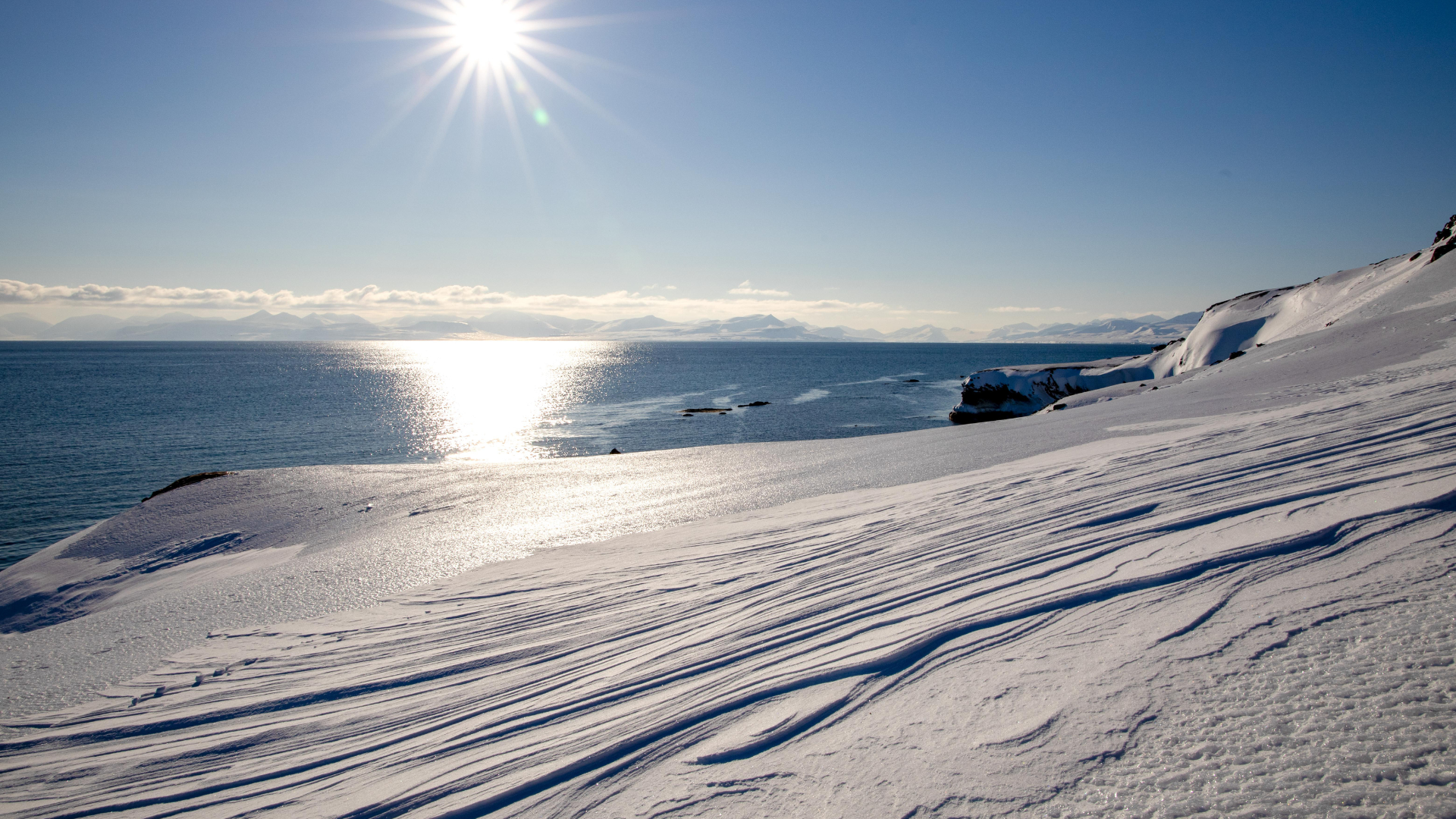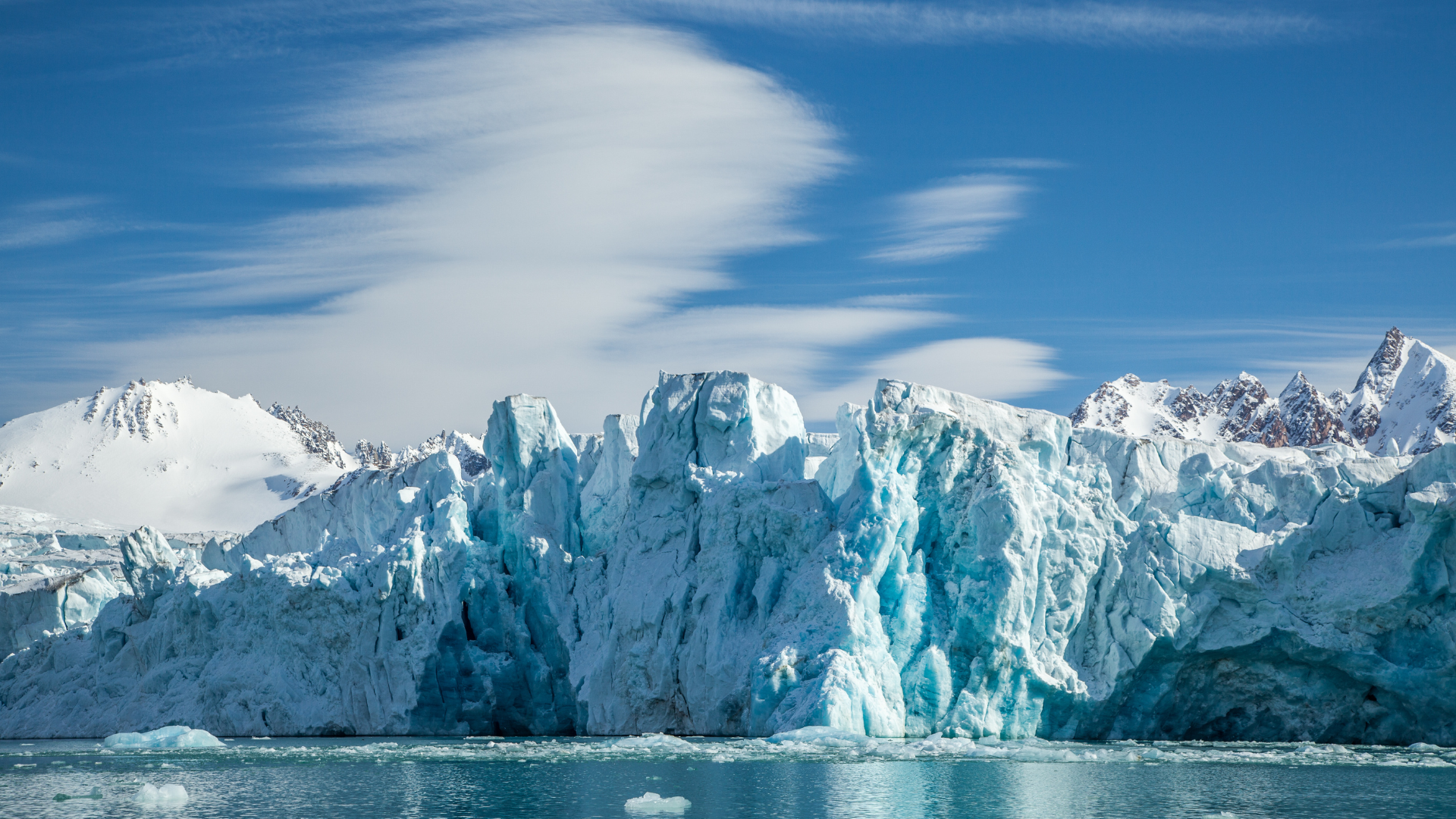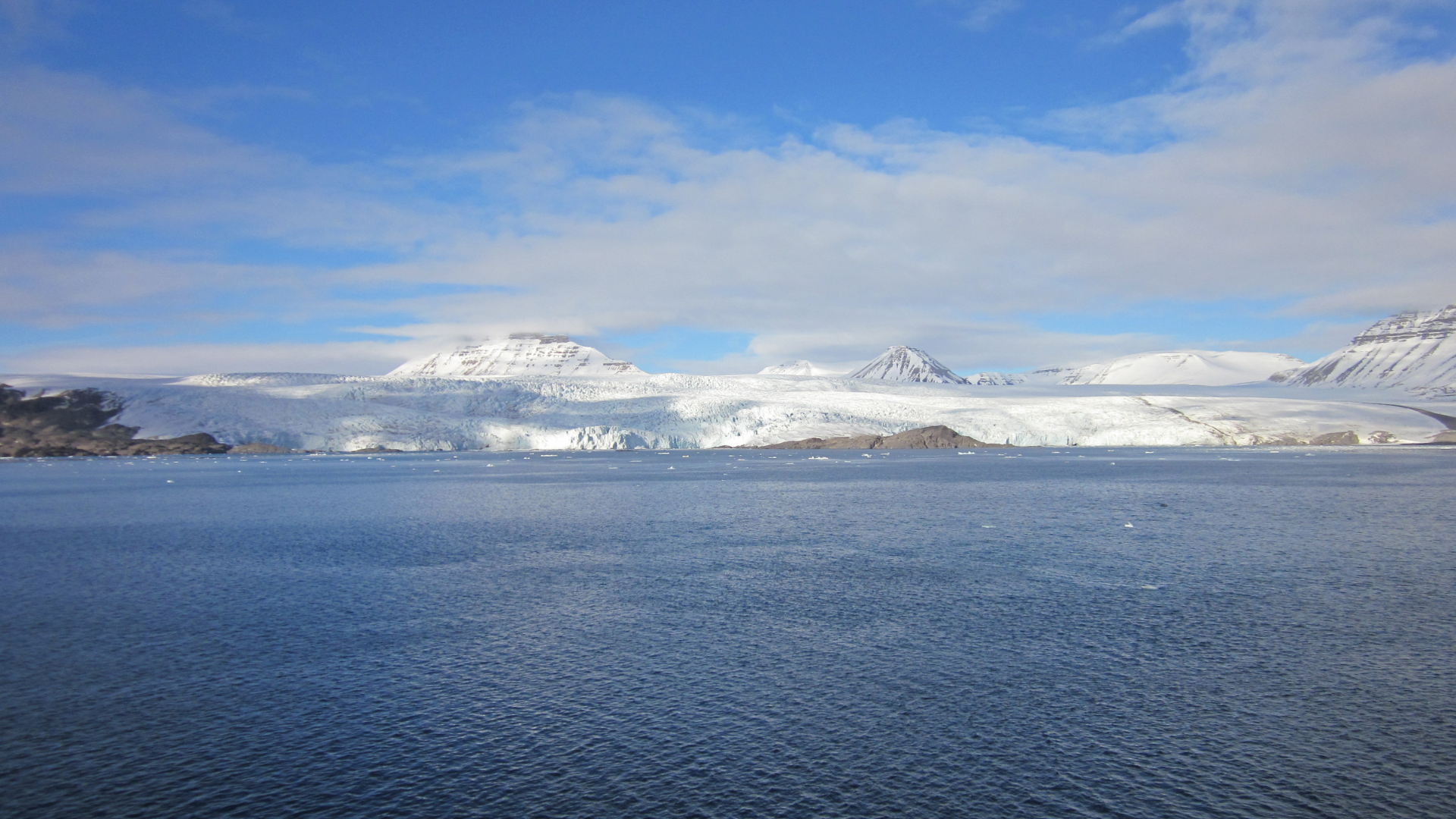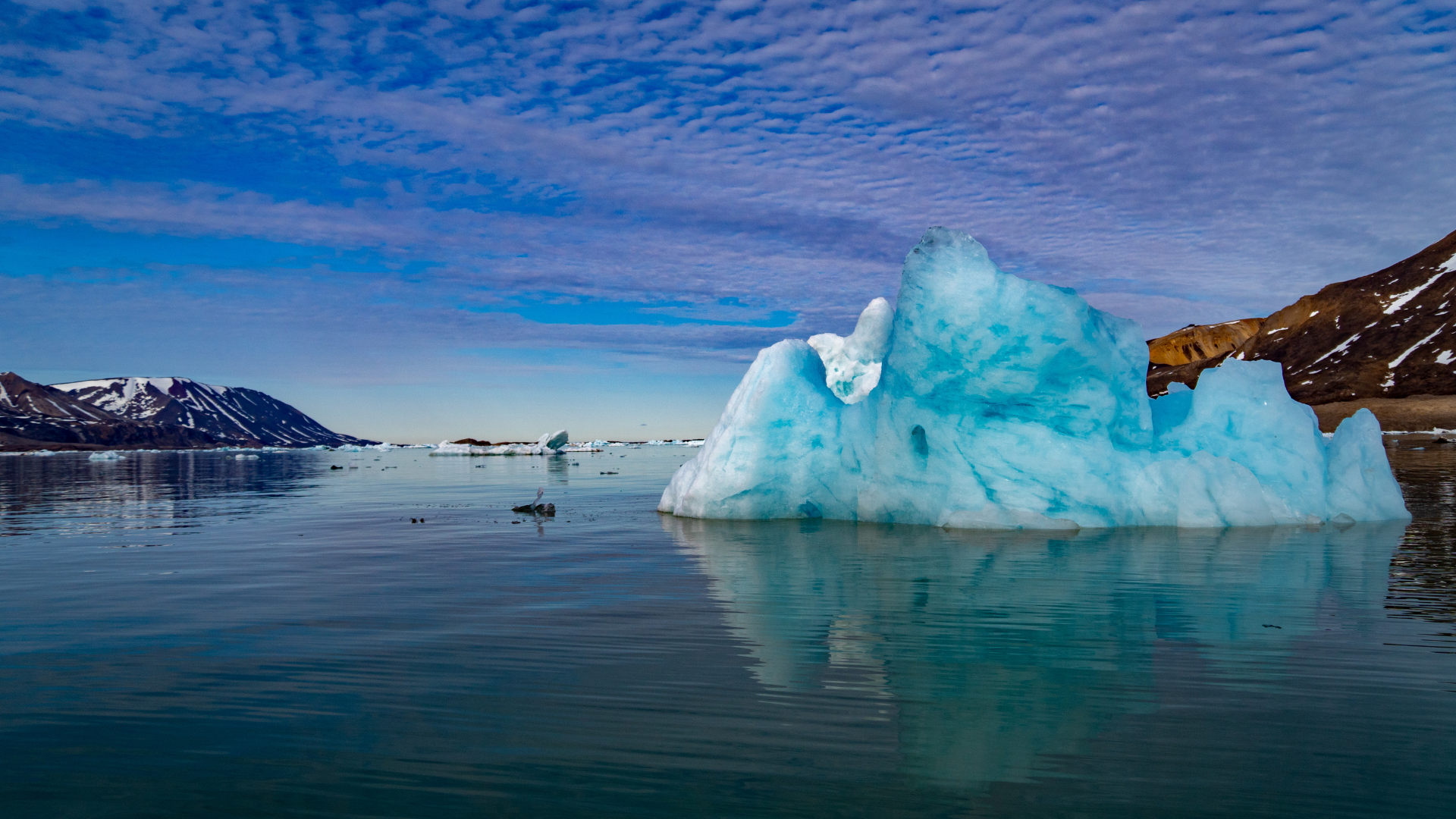Spitsbergen: Aurora Borealis for Dummies
Spitsbergen: Aurora Borealis for Dummies
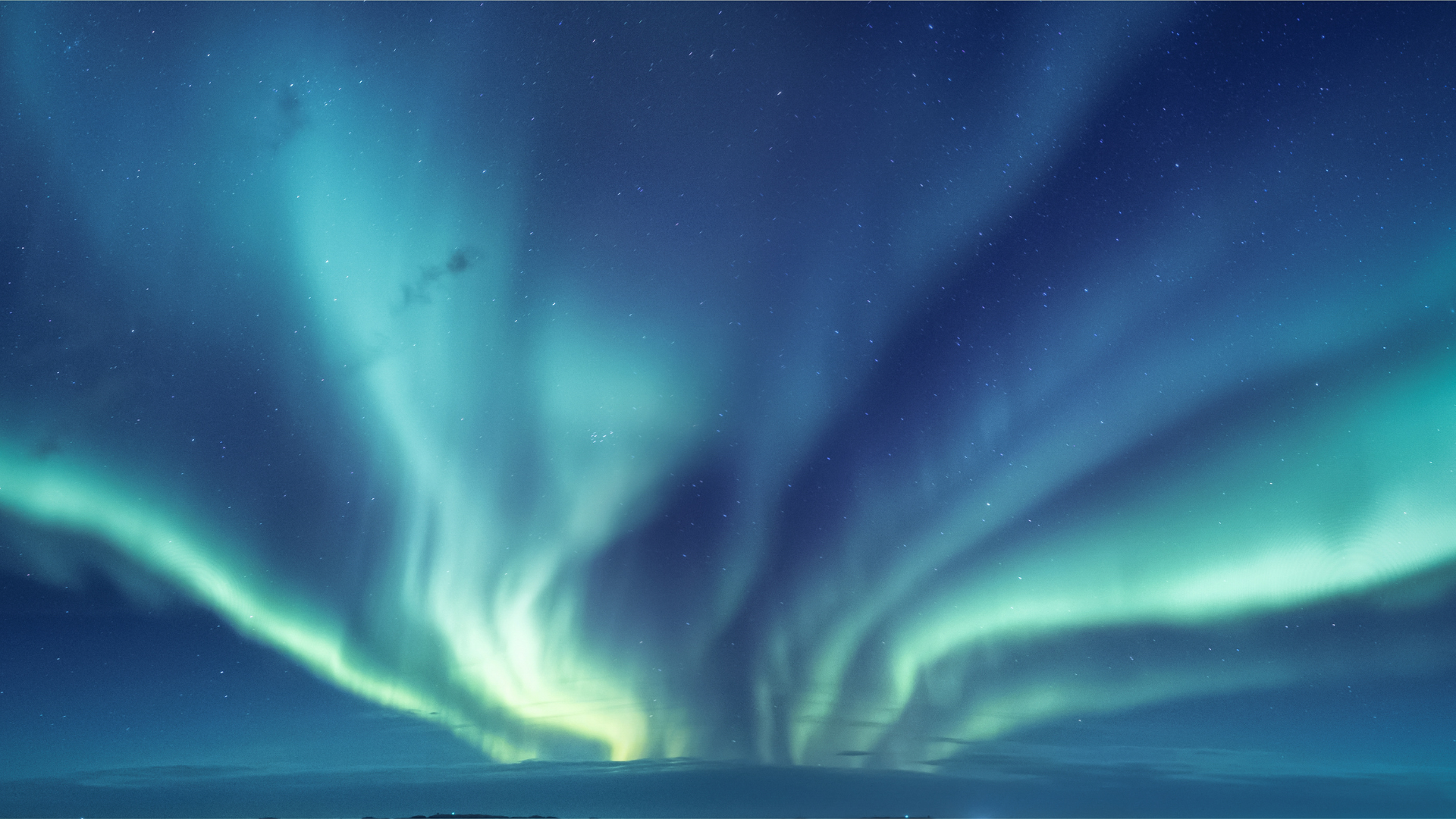
The Aurora Borealis, or Northern Lights, is one of the most awe-inspiring natural phenomena, and Spitsbergen offers some of the best opportunities to witness this celestial light show. The archipelago's location within the Arctic Circle and its long, dark winters provide ideal conditions for viewing the Aurora. For those new to the Northern Lights, understanding what they are, how to see them, and the best ways to experience them in Spitsbergen can make this bucket-list experience even more magical.
The Northern Lights are caused by the interaction between solar winds and the Earth’s magnetic field. Charged particles from the sun collide with atoms in the Earth’s atmosphere, resulting in bursts of light that we see as the Aurora. The colors of the Northern Lights depend on the type of gas involved in the collisions. Oxygen produces green and red lights, while nitrogen creates blue and purple hues. The science behind the Aurora Borealis is fascinating and adds to the wonder of witnessing this natural spectacle.
To maximize your chances of seeing the Northern Lights in Spitsbergen, it’s important to plan your visit during the right time of year. The best period for viewing the Aurora is from late September to mid-March, when the nights are longest and darkest. The Polar Night, from late October to mid-February, offers nearly 24-hour darkness, providing ample opportunities for Aurora sightings. Clear, cloudless skies are essential, so monitoring the weather forecast and being flexible with your plans can increase your chances of a successful viewing.
Choosing the right location is crucial for experiencing the Northern Lights. Spitsbergen’s remote and sparsely populated areas offer some of the best vantage points, free from light pollution. Adventurous travelers can join guided tours that take them to prime Aurora-viewing spots, such as the valleys and fjords away from Longyearbyen. These tours often include expert guides who can provide insights into the science and folklore of the Northern Lights, enhancing the overall experience.
Photography is a popular way to capture the beauty of the Northern Lights, but it requires some preparation and the right equipment. A DSLR or mirrorless camera with manual settings, a sturdy tripod, and a wide-angle lens are essential for Aurora photography. Long exposures of 10-30 seconds help capture the vibrant colors and movement of the lights. It’s also important to dress warmly, as you may spend extended periods outside in freezing temperatures. Workshops and guided tours often provide photography tips and assistance, making it easier for beginners to capture stunning images of the Aurora.
Experiencing the Northern Lights is not just about seeing the lights themselves; it’s also about the overall Arctic adventure. Dog sledding, snowmobiling, and ice cave tours are popular winter activities in Spitsbergen that can be combined with Aurora viewing. Imagine the thrill of riding a snowmobile through the Arctic wilderness under a sky illuminated by the Northern Lights, or exploring an ice cave with the Aurora shimmering above. These experiences add depth and excitement to your Aurora adventure.
Understanding and respecting the cultural significance of the Northern Lights can also enhance your experience. Indigenous peoples of the Arctic, such as the Sami, have rich traditions and folklore surrounding the Aurora. According to Sami legend, the lights are the souls of the dead, and seeing them is considered a powerful and spiritual experience. Learning about these cultural perspectives adds a layer of meaning to witnessing the Northern Lights and deepens your connection to the Arctic region.
Longyearbyen, the largest settlement in Spitsbergen, serves as a convenient base for Aurora adventures. The town offers a range of amenities, including hotels, restaurants, and shops, as well as cultural attractions like the Svalbard Museum. Longyearbyen’s community embraces the Polar Night with various events and festivals, creating a lively and welcoming atmosphere. After a night of Aurora hunting, you can return to the warmth and comfort of the town, sharing your experiences with fellow travelers.
Witnessing the Aurora Borealis in Spitsbergen is a magical and unforgettable experience. The combination of the island’s pristine Arctic environment, the mystery of the Polar Night, and the vibrant display of the Northern Lights creates a unique adventure. Whether you’re viewing the Aurora for the first time or capturing it through the lens of a camera, the beauty and wonder of this natural phenomenon are sure to leave a lasting impression. Embracing the Arctic conditions and engaging in the wide range of activities available will ensure a rich and rewarding Northern Lights experience in Spitsbergen.
